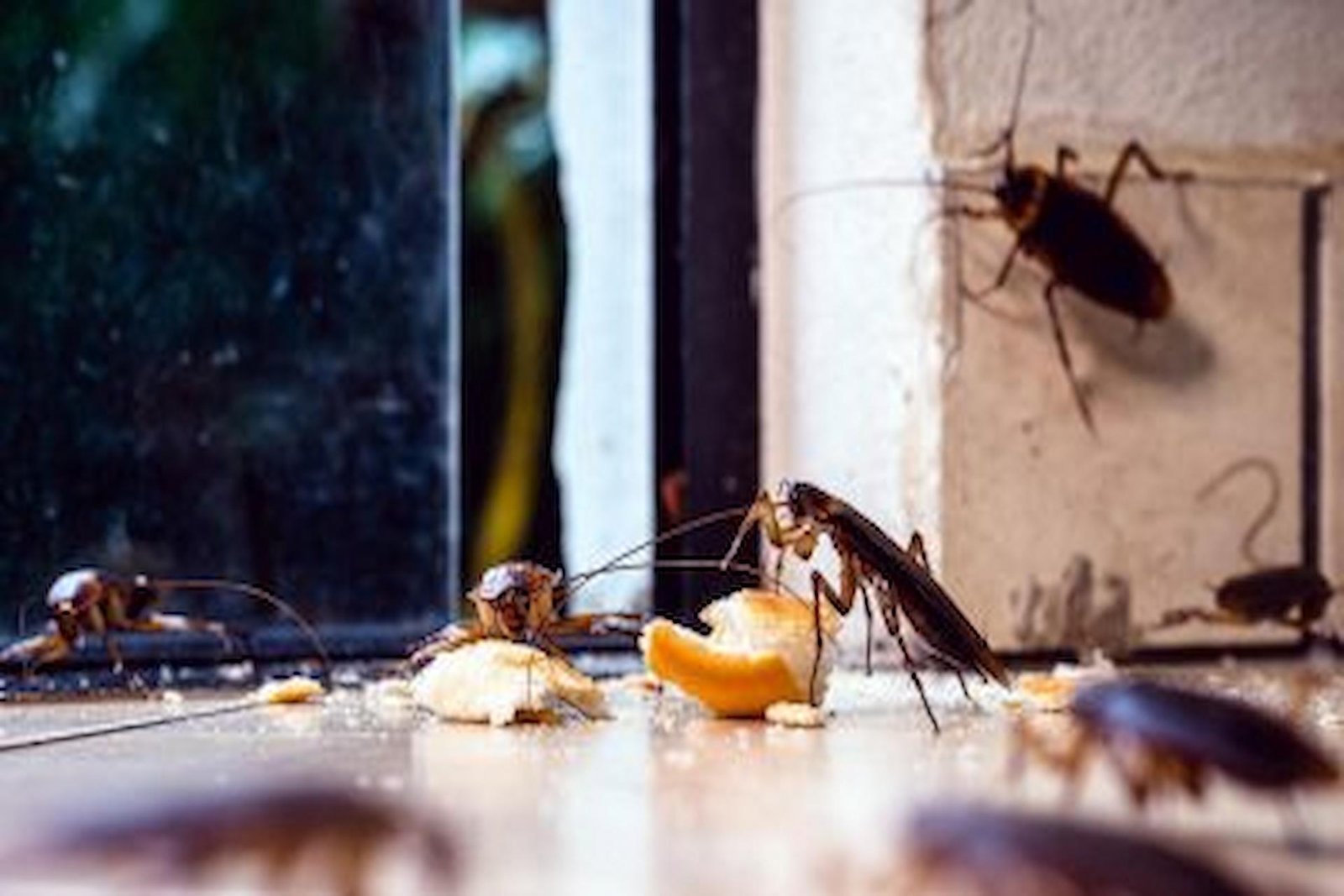Roaches are one of the most persistent pests, often hiding in dark corners and multiplying quickly. Their presence can be unsettling, especially when they leave behind waste in kitchen cabinets, pantries, or along baseboards. Removing them requires a combination of targeted methods and consistent efforts. Understanding the best ways to eliminate them helps maintain a cleaner and safer environment. This article highlights the most effective treatments to remove these unwanted visitors.
Using Peppermint Oil to Deter Roaches
Roach droppings are often an early sign of activity, prompting many to seek natural deterrents like peppermint oil for mice, which is also believed to repel roaches. The strong scent makes the environment less inviting, discouraging movement in certain areas.
Applying a few drops of peppermint oil with water onto entry points, storage spaces, and baseboards may help reduce activity. While this method alone is unlikely to solve an active infestation, it can work as part of a broader approach. Using peppermint oil alongside other preventive measures, such as sealing cracks and keeping spaces clutter-free, can enhance overall effectiveness.
Bait Stations for Targeted Elimination
One of the most effective ways to deal with roaches is by using bait stations. These contain attractants that lure them in, leading to elimination over time. Baits work by allowing the roach to carry the substance back to nesting areas, affecting others in the process.
Placing these in areas where droppings have been noticed increases success. Dark corners, under sinks, and behind appliances are key spots for positioning. Checking the bait regularly and replacing it as needed ensures continued effectiveness. Using bait stations strategically helps reduce populations over time.
Gel Applications for Hard-to-Reach Areas
Gel-based solutions offer another effective way to target roaches, especially in small cracks and crevices. Applying gel in hidden spots ensures that it reaches nesting areas where activity is highest. Unlike sprays, gels provide a long-lasting approach without scattering roaches to new locations.
Using a small amount in areas such as behind cabinets, inside wall gaps, and along plumbing lines maximizes effectiveness. Since roaches tend to follow specific paths, identifying high-traffic areas before applying gel increases success. Regular application helps in reducing activity over time.
Keeping Spaces Clean and Food-Free
A key step in preventing and eliminating roaches is removing access to food and water sources. Even the smallest crumbs or spills can attract them, making kitchens and pantries high-risk areas. Wiping down surfaces, storing food in sealed containers, and regularly taking out trash can help reduce attraction.
Moisture also plays a role in keeping roaches around. Fixing leaks, drying sinks before bedtime, and ensuring proper ventilation can make the environment less inviting. Therefore, regular deep cleaning in hidden spots like under appliances and behind furniture limits places where droppings accumulate.
When to Consider Professional Assistance
While many treatments help reduce activity, severe cases may require additional steps. Roaches often hide in hard-to-reach spaces, making locating the full extent of an infestation difficult. A professional evaluation can identify hidden nesting areas and recommend targeted methods based on the situation.
Experienced teams use specialized approaches to ensure effective removal. They assess entry points, nesting locations, and other contributing factors that might not be immediately visible. Regular inspections help maintain long-term control and prevent future activity. Seeking professional guidance ensures a more thorough and lasting solution when other efforts fall short.
Roach droppings are a clear sign of activity, making it essential to combine different methods, such as peppermint oil for mice, bait stations, and proper sanitation, to manage roach activity. Keeping spaces clean, sealing entry points, and applying effective treatments make a significant difference. Addressing infestations early and using the right approach helps create a cleaner and safer environment.





